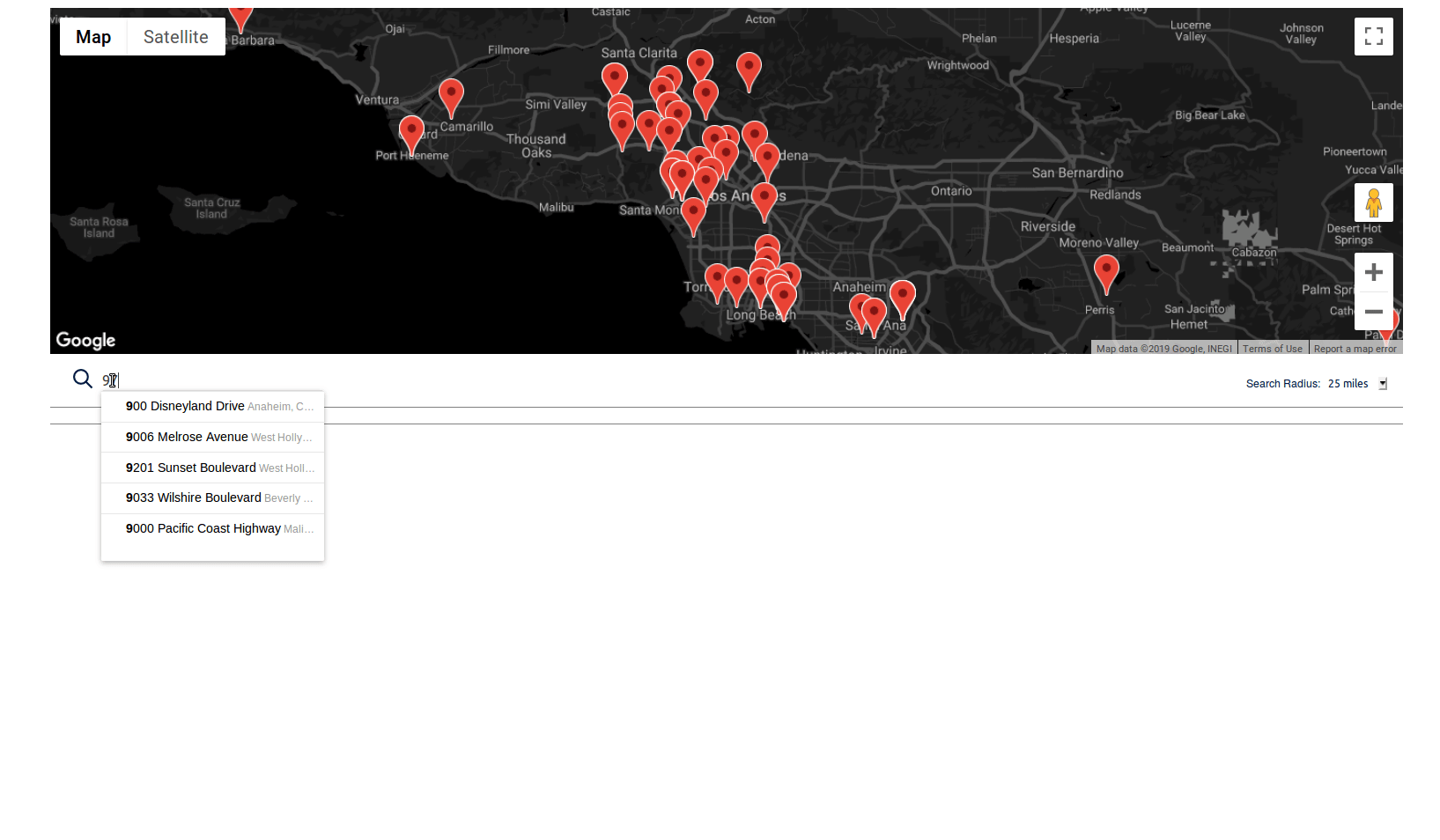C++
-
Abstracted virtual machine calls for JIT compiler operations
Some operations shared between stubs of the Just-In-Time (JIT) compilers of SpiderMonkey, IonMonkey and Baseline, only differed in their implementions of entering and leaving their respective stub frames. This project created a wrapper class in the base class JIT stub compiler that unified IonMonkey and Baseline compiler methods implementing these operations.
-
CacheIR support for String + Boolean
CacheIR is a bytecode that creates Inline Cache (IC) stubs that SpiderMonkey uses to optimize certain operations. This project added support for String plus Boolean binary arithmetic as defined by EMCAScript 6 to the CacheIR.
-
Collapse ICCacheIR_UpdatedStub into ICUpdatedStub
A CacheIR version of a stub kind class had completely subsumed the base class. In this project, I collapsed the two together to address the redundant distincion in classes. This project involved integrating changes seamlessly in the larger SpiderMonkey ecosystem. Careful attention was paid to packing the member fields of the resulting class based on alignment in memory in order to optimize memory usage.
-
Optionally flush CacheIR spew more frequently
CacheIR logs of IC stubs can be emitted as JSON for debugging purposes by setting an environment variable. Crashes during log emitting caused the logs to be truncated, making troubleshooting difficult. For this project, I altered the flushing behavior of the logs, so that in the event of a crash the logs are not truncated. Additionally, I implemented a feature whereby frequency of log emission can be controlled with an environment variable, enabling a developer to alter log emission frequency as needed.
-
JavaScript
-
Google Maps API integration

Retrieved data from Google Sheets document as JSON, and used this data to form an array of objects that is used to populate a Google Maps Map with markers. Used Google Maps Geocoder API and Autocomplete API to implement a location search. The user enters an address and a search radius, and the map pans to the user's given location. If there are locations from the array made above within the provided search radius, the map will resize it's bounds to show the locations that are within the radius.
-
Added support for CacheIR instruction bytecode output to cacheIR_analyzer
This is a patch for a JQuery script written by a SpiderMonkey developer. The script analyzes JSON of CacheIR IC logs, and injects data into an HTML page. CacheIR instruction sequence bytecode was added to the creation of CacheIR IC logs after the creation of this script. My patch adds support for CacheIR instruction sequence bytecode to the script.
-
Network tab protocol column shows "HTTP/2.0+h2" when individual requests are selected
In the Network tab of FireFox's Devtools, HTTP protocol values were erroneously being displayed with the x-firefox-spdy prodocol values appended, e.g.
HTTP/2.0+h2when the appropriate protocol value would beHTTP/2.0. I altered the JavaScript which determined the rendering of HTTP protocol values so that matching x-firefox-spdy values would not be displayed, and added a test for this change to the testing framework used for Devtools' JavaScript.
Web
-
ANSI Terminal Color Chooser
This was a personal project that was turned into my final project for a university course on web development. It was initially borne of my frustration with not having a tool readily available for viewing ANSI terminal colors stored in
rgb.txtin context with each other when designing a color scheme forrxvt-unicodeterminal emulator. It uses Express, Node.js, and MongoDB for the backend, and HTML, CSS, and vanilla JavaScript for the frontend. The webapp readsrgb.txt, and parses and stores the rgb color values found in the file. It then populates the HTML with color values. The user can create a palette with 8 color values, and can save and load these palettes.
Rust
-
Unifying `wasm` and `compiler` subcommand output
The
wasmandcompilersubcommands of Cranelift, e.g.cargo run compile -p --target=x86_64 filetests/wasm/i64-compares.clif, have similar operations, but format their output inconsistenly. The goal here was to unify the output of each respective command, and give it a sense of uniformity and consistency.

